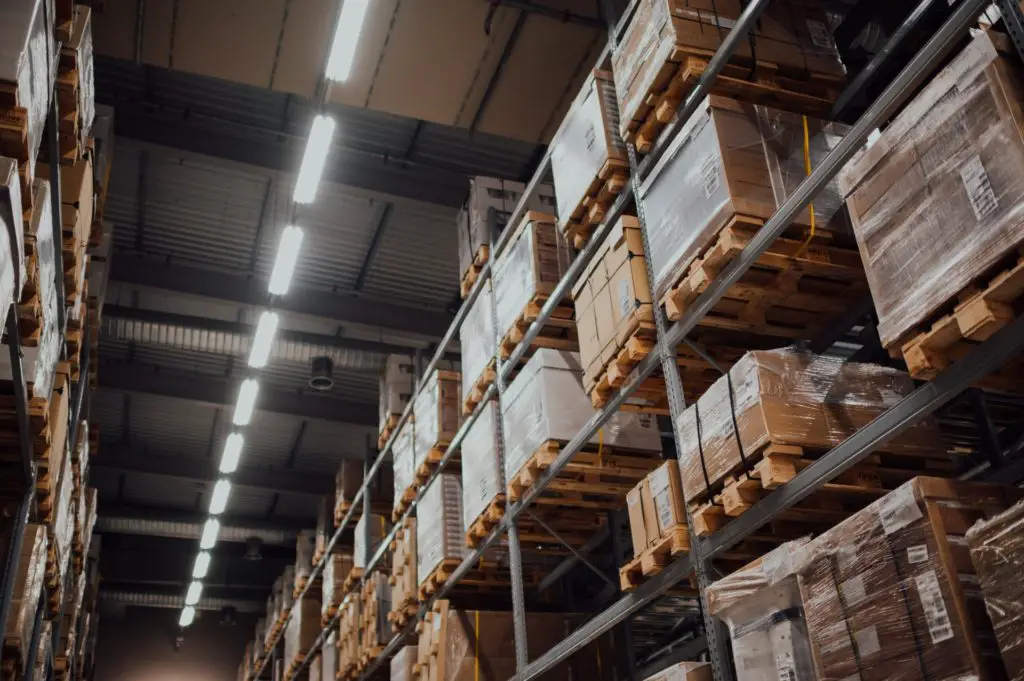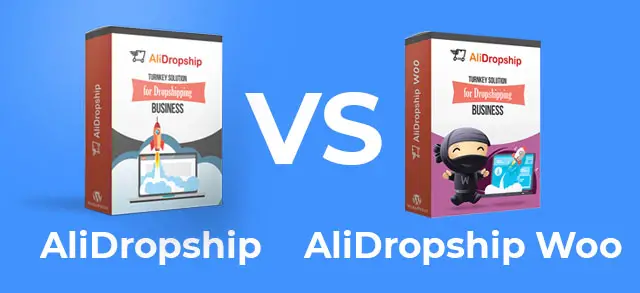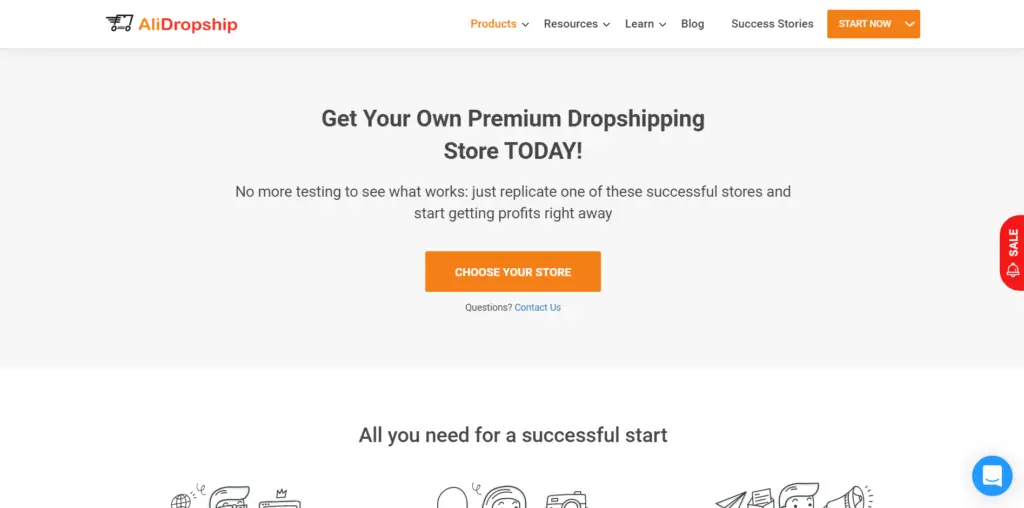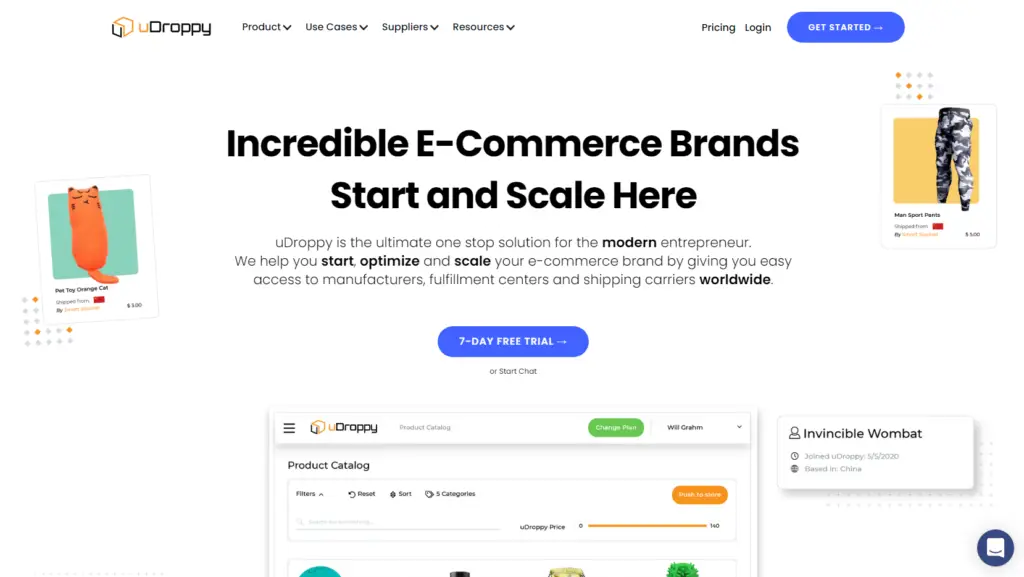This post may contain affiliate links. Please read my affiliate disclosure for more information.
Dropshipping or wholesale? Which is better for your eCommerce business?
In this post, we’ll cover the pros and cons of dropshipping vs wholesale. It’s important to select the best option for your online store based on your specific niche or market and how you want to supply products to sell.
Dropshipping
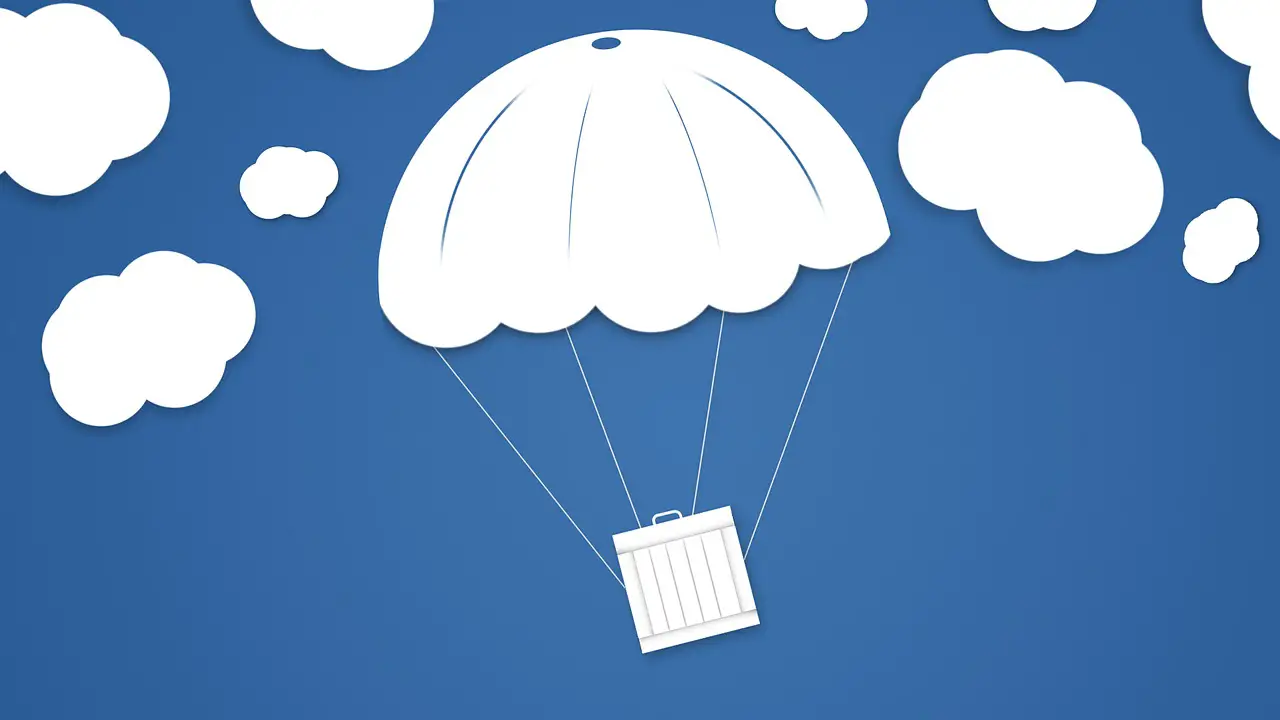
The dropship business model is built on using external suppliers to sell products you don’t own. When working with dropship partners, this includes both product sourcing and order fulfillment. When a customer orders the product from your online store, you forward that order to your supplier and you profit the difference.
The key to dropshipping is that you act as another sales channel and retailer for the brand of products you sell. In turn, you ultimately build your own brand along the way by reaching new customers and building that relationship.
One major perk to dropshipping is that you hold no inventory which reduces the typical risk and costs associated with doing so.
There’s a variety of acquisition models for sourcing products to your dropshipping store. This can include contacting brands or using dropshipping companies that offer access to supplier lists and products to sell.
Pros
- Hold no inventory.
- Lower initial capital investment.
- Low overhead to fulfill orders.
Cons
- Highly competitive with a low barrier to entry.
- Lack of quality control with shipments and packaging (varies greatly by supplier).
- Inventory syncing issues as you may face backorders by relying on external partners to ship orders.
Wholesale

Purchasing wholesale products or wholesaling is a simple process. You buy inventory from a supplier at a discounted rate in bulk typically direct from a manufacturer that you resell at a higher price.
Often buying wholesale can increase your profit margins from dropshipping and offers more control over the fulfillment process. However, the challenge is the initial upfront capital you’ll often need to spend.
Wholesale suppliers have order minimums that can be as low as one unit but typically falls between 100 to 1,000 units in volumes of hundreds or thousands, which is how you’re able to get a lower price per unit. This is something to consider since you’ll need more money initially with wholesale than with dropshipping for supplying products.
Pros
- Higher profit margins by controlling the order fulfillment chain.
- More control over the packaging and quality control.
- Resell established brands and products.
Cons
- More time and costs associated with managing inventory or products through a 3PL (third-party logistics).
- Higher initial capital investment in inventory.
Final Thoughts
With either wholesale or dropshipping you can build an online store and brand by selling established products. Often these eCommerce partners have brands that customers can recognize which in turn helps your store.
Various products and niches may push you in different directions for which business model to choose. Each come with their fair share of pros and cons to consider.
